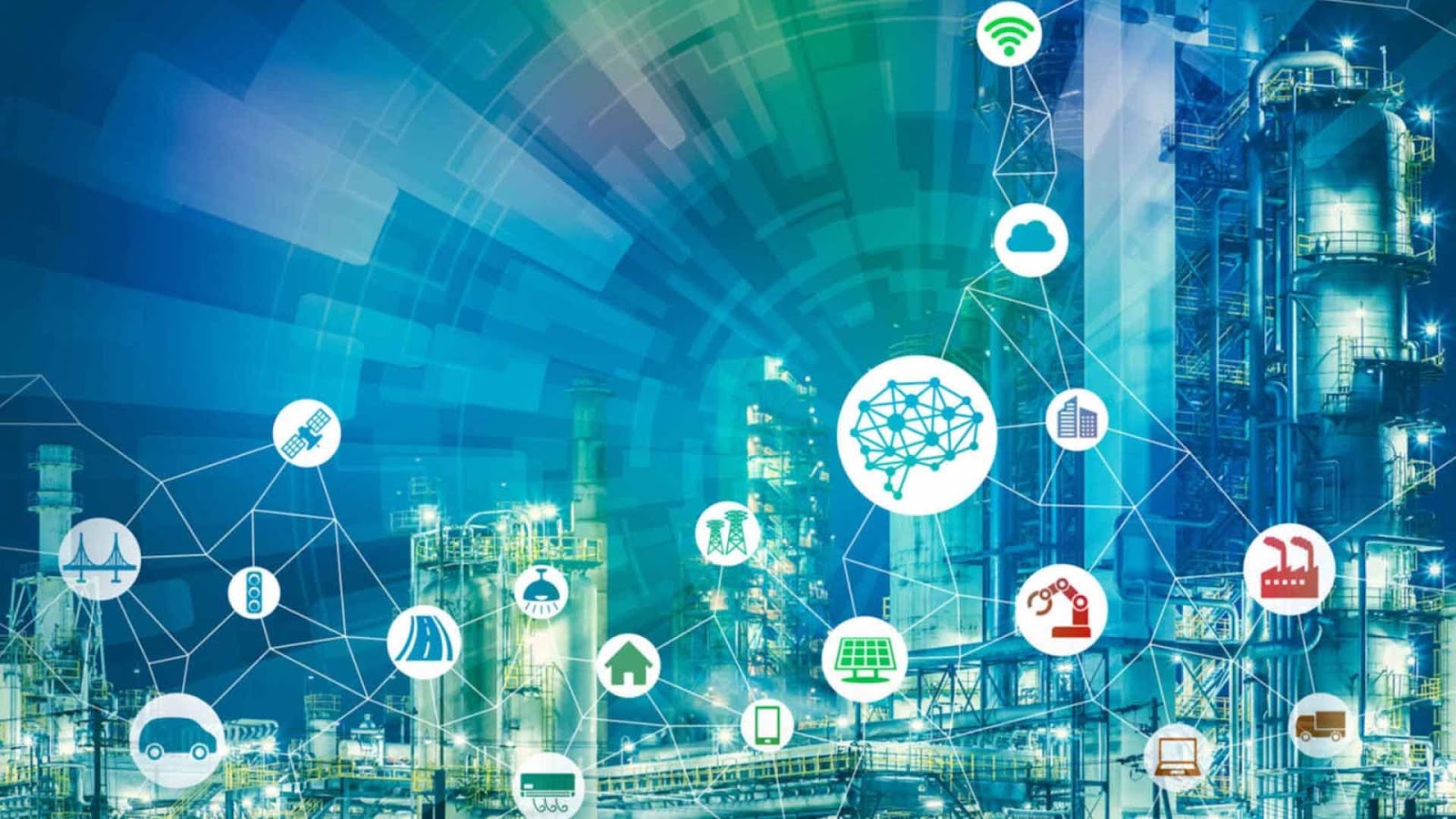Development Precedes Infrastructure: A Pragmatic Approach to India's Growth
India's path to development is a complex journey, with numerous challenges and opportunities. Among the key debates within the nation's development agenda is the sequencing of development vis-à-vis infrastructure. Some argue that a robust infrastructure is the bedrock of development, while others contend that development should take precedence over infrastructure. In this article, we delve into the discourse and advocate for a nuanced perspective - development must precede infrastructure in India.
Understanding the Dilemma
Infrastructure development is undoubtedly crucial for a nation's progress. Roads, bridges, electricity, and communication networks form the backbone of economic growth, industrialization, and urbanization. However, the manner in which infrastructure is developed is just as important as the infrastructure itself. Unplanned infrastructure projects can lead to environmental degradation, social displacement, and financial burdens.
Development Precedes Infrastructure
Inclusive Growth: Prioritizing development before infrastructure ensures that the benefits of economic growth are equitably distributed. Development can encompass areas like education, healthcare, and social services, which directly improve the quality of life for citizens, especially in marginalized communities.
Human Capital: Investing in human capital is a fundamental aspect of development. Enhancing the skills, health, and education of the workforce is an essential precursor to maximizing the returns from infrastructure investments. A skilled and healthy workforce can more effectively utilize and maintain infrastructure, ultimately boosting economic productivity.
Sustainable Development: A focus on development first allows for a sustainable approach to infrastructure. Sustainable infrastructure planning considers environmental impact, resource efficiency, and long-term viability, ensuring that projects are not only economically beneficial but also ecologically responsible.
Reducing Regional Disparities: Development-driven policies can help reduce regional disparities. Targeted development programs in underdeveloped regions can empower local communities and create a conducive environment for infrastructure projects that are adapted to the region's unique needs.
Fiscal Responsibility: A careful approach to development prevents governments from taking on excessive debt to fund infrastructure projects. Overspending on infrastructure can lead to financial instability and hamper the overall development agenda.
Conclusion
In India, the question of development versus infrastructure is not an either-or proposition but rather a matter of prioritization and balance. Development should take precedence as it forms the foundation on which sustainable and equitable infrastructure can be built. Infrastructure development must be carefully planned, sustainable, and inclusive, ensuring that it supports the broader goals of development and uplifts the lives of all citizens.
It is imperative for policymakers, economists, and social scientists to collaborate and design comprehensive strategies that recognize the importance of development preceding infrastructure, thus fostering an environment where both can thrive in harmony, driving India toward a brighter future.



Comments
Post a Comment